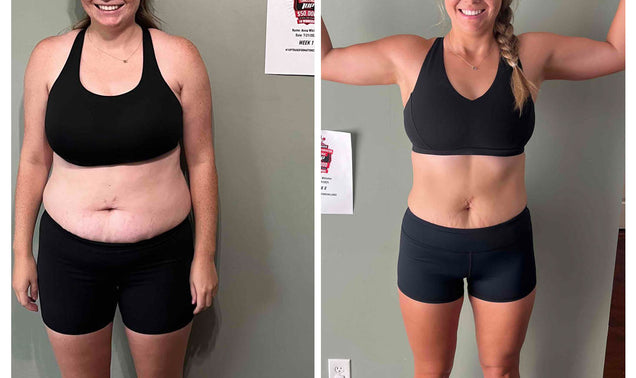
Go into any gym and you might find some odd things going on. The way people incorrectly use a machine, improper form, even the way someone dresses, but for anything to become a “trend”, and more importantly worthy trend, someone must be the odd one out.
Maybe you have entered a gym and seen someone rolling around on the floor or up against the wall like a cat, pressing against something that resembles a thick paint roller. As they do they move, maybe you see them wince, either in pain or a sense of relief. Maybe you are too uncomfortable to go up and ask what they are doing because by simply having a conversation with them you are now odd by association.
No worries, 1Up Nutrition has you covered.
What you are witnessing is called foam rolling. In more technical terms, this is a form of self-myofascial release therapy. It can be performed before and after working out regardless of your workout program or routine (bodybuilding, CrossFit, running, functional training, etc).
So, what is myofascial release therapy? Well first, you need to know what fascia is. Fascia is a fibrous layer of connective tissue that surrounds all of the muscles in our body. When you work out, adhesions are formed on the fascia and cause the mobility of the muscles to be limited or stiff. Without proper mobility, fibers of the fascia become cross linked and they bind to muscles and nerves, inhibiting normal motion and even causing pain. When it comes to foam rolling or myofascial release therapy, you break up those adhesions that are formed from working out, bringing mobility back to a more functional form.
On top of helping out with mobility, foam rolling increases blood flow to the muscles, helping with recovery and improving performance.
There are precautions one needs to take when foam rolling to help prevent furthering injury and preventing one. Since foam rolling helps with recovery, be sure to not roll on a particular area of the body too long, especially a part that is sore. A good rule of thumb is start off gently with the muscle (sore or not), and give it about 20 seconds of roll time maximum. If you know you have an injury, avoid rolling directly on the injury. Remember, your body weight is what will apply the pressure so use your arms and even legs to control how much of your bodyweight is used during the rolling. Take your time while rolling as well. Do not go too fast. Rolling is not the most pain free thing in the world, actually it hurts (a good hurt), so no need to hurt yourself anymore than you need to.
Regardless of your workout routine or program, foam rolling has a purpose and benefits to help out with your performance and recovery.
Go get rolling!






